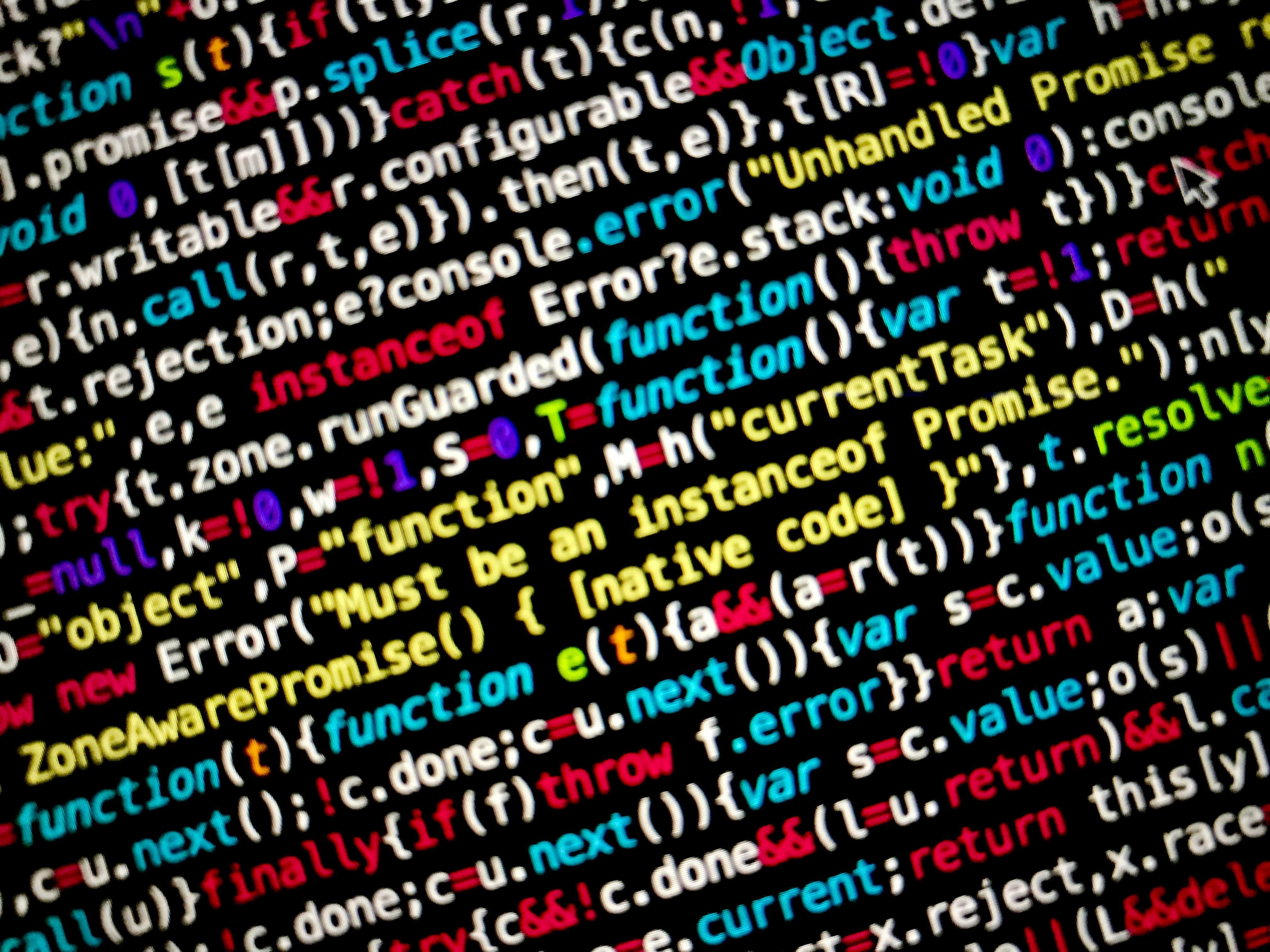Advances in Biocomputing: Exploring DNA as the Future of Technology
Amidst escalating demands for data storage and computational power, researchers have turned to a surprising innovation: DNA. Nature's ancient data storage system has the potential to revolutionize technology through the development of biocomputers.
This fusion of biology and computer science manifests in the form of advanced machinery that harnesses the unique properties of DNA to process and store information. The compact, efficient, and sustainable nature of DNA-based systems presents solutions to the pressing challenges of the digital era.
The field of DNA computing represents the next frontier in computing innovation, offering breakthroughs that could reshape industries, change computational paradigms, and unlock new possibilities for solving complex problems. Its unparalleled data density and ability to perform massive parallel computations make it a powerful tool set to redefine the boundaries of what machines can achieve.
At its core, DNA computing is based on the strategy of using the molecular structure of DNA to perform computations. DNA's natural role as an information carrier, encoding instructions using sequences of four nucleotide bases, makes it a suitable medium for information processing. This combination of compactness and vast storage capacity makes DNA a game-changing technology in the age of relentless data growth.
Rather than relying on electrons, DNA computers use biochemical reactions – a method that enables massively parallel processing through the simultaneous interaction of billions of DNA molecules. Solving complex problems that a traditional computer may require years to solve could be accomplished by a DNA computer within hours.
The advantages of DNA computing are myriad. Its unprecedented data storage capacity far surpasses contemporary techniques; a single gram of DNA can store approximately 215 petabytes of data. With DNA storage, entire data centers could be replaced by a vial of DNA, significantly reducing both physical footprint and resource requirements. Furthermore, its remarkable stability enables data preservation for thousands of years under optimal conditions, making it ideal for archiving information that must endure over generations.
In terms of energy efficiency, DNA computing outshines traditional computers and data centers that consume vast amounts of electricity. Due to its reliance on chemical energy and minimal power requirements, biocomputers present a sustainable alternative, offering a significant contribution to efforts combating environmental concerns and promoting green technology.
Biocomputers also hold the key to parallel processing power, a remarkable feature that allows them to tackle multiple problems simultaneously. This superiority is particularly beneficial for addressing computational bottlenecks in science and industry, including cryptography, logistics, and large-scale simulations.
In healthcare, DNA-based systems could revolutionize diagnostics and targeted therapies by analyzing genetic information to identify diseases early, predict patient responses to treatments, and even administer drugs directly to affected cells. Researchers are also developing DNA circuits that could function within the human body, monitoring health in real-time and responding to biological signals.
In artificial intelligence and machine learning, DNA computing could accelerate AI algorithms, enhancing the speed of model training and the handling of large datasets. This integration could lead to groundbreaking advancements in technology and innovation. Moreover, biocomputers could bolster personalized medicine by matching treatment plans to an individual's genetic profile, optimizing outcomes while minimizing adverse effects.
Despite the extraordinary potential of DNA computing, significant challenges persist. Costly DNA synthesis and sequencing procedures still require improvement, although continuous advancements in biotechnology are gradually lowering expenses. Hybrid systems blending the strengths of DNA and traditional silicon-based computing are being developed to address the limitations of DNA computing's reaction speed. Additionally, researchers are working to develop standardized methods and tools to ensure the accessibility and scalability of DNA computing.
Innovations in molecular engineering, chemistry, and bioinformatics are expected to ultimately address these obstacles and propel the field of DNA computing into prominence. The future promises breakthroughs that will make biocomputers more practical and accessible, redefining industries, from medicine and environmental science to cybersecurity and artificial intelligence. Integrated seamlessly within the natural world, DNA computing will shatter the boundaries of conventional technology, offering solutions for a more efficient, sustainable, and connected future.
DNA computing, a fusion of biology and computer science, leverages the unique properties of DNA to revolutionize technology and tackle complex problems, such as those in the fields of science, health, and technology. Its unprecedented data density and massively parallel computing capabilities make it a powerful tool for redefining the boundaries of what machines can achieve. In the age of relentless data growth, DNA's compact, efficient, and sustainable nature presents solutions to the pressing challenges of the digital era. Furthermore, DNA's vast storage capacity and long-term stability could enable the archiving of information across generations, while its potential for direct application in healthcare, including diagnostics and targeted therapies, could revolutionize the industry. Despite the challenges posed by expensive DNA synthesis and sequencing procedures, continued advancements in biotechnology are expected to address these obstacles and propel the field of DNA computing into prominence, heralding a new era of more efficient, sustainable, and connected digital solutions.




